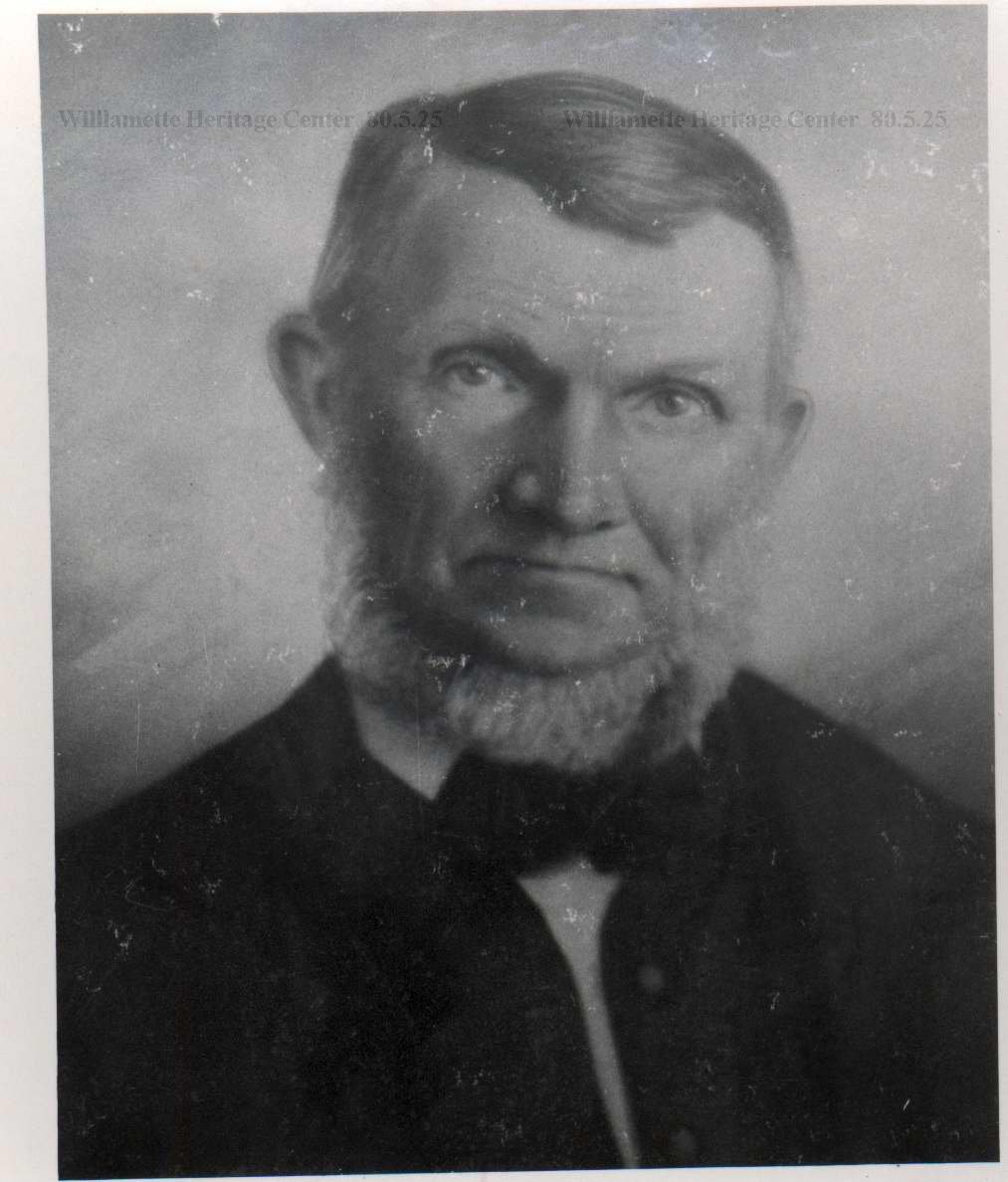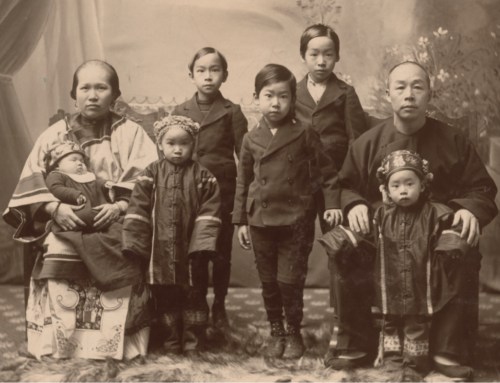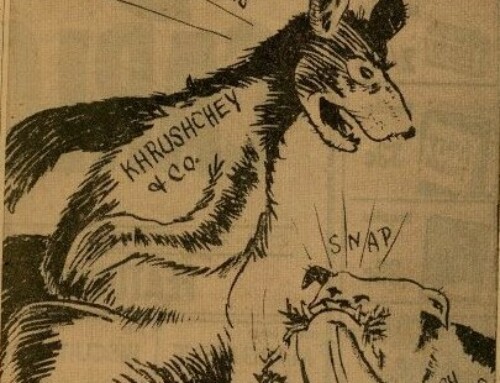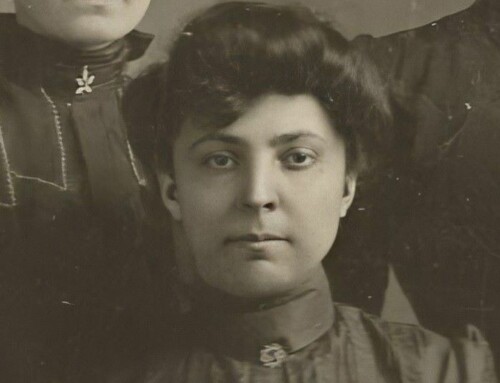By Corey Rosenberg
In March of 1847, a caravan of thirteen wagons set out west from Willmington, Illinois1. It was led by Thomas Cox, and included much of his goods and wares, as well as many of his children by birth and law. Among them was his wife Martha, their daughter Lucinda and her husband Elias Brown. Despite Thomas’s successes in Illinois, which included founding and operating grist and carding mills, the allure of the Oregon territory was too great to ignore, and this family began the long and perilous journey westward.
The Cox Company would grow near St. Joseph, Missouri, with Thomas’s son Joseph and his wife Eliza, as well as Thomas’s daughter Elizabeth, and her husband Peter Polley. This larger company left in the beginning of May, and its journey, spanning over two thousand miles, would last till October; eight months and sixteen days after Thomas Cox left Willmington2. Along the way, the company faced its share of dangerous happenings.
Crossing the Platte River in Nebraska, Elias was forced out of his wagon in order to help stabilize it. The freezing water and chilling temperature would lead to mountain fever, and Elias died within two months, leaving Lucinda with their three young children: Joseph Henry, Martha Jane and Elvira Chadwick, all younger that ten years of age34. The company progressed over the Blue Mountains, where they were faced with the threat of wolves, as well as the native Cayuse Indians; conflicts that would serve as a preamble to the larger Cayuse War, which would begin in November. Arriving at Mt. Hood Prairie, a tremendous snow storm led to the company splitting up its caravan, with three wagons continuing the journey, and the others to be left and returned to. With the assistance of hired hands, as well as sixty pack ponies, Thomas Cox, his family and his goods arrived shortly in Salem5.
With his journey over, he purchased the land claim of Walter Helm, and with the help of his son in law Peter, he planted an orchard and developed a special variety of peach known as “Cox’s Golden Cling.” His successes also allowed him to build a new storefront, on the northeast corner of Commercial and Ferry, which marked Salem’s first store 6.
—
1Brown, Joseph H. Comp. Marilyn Morgan. RootWeb’s WorldConnect Project: Pioneers of Benton County Oregon. N.P., n.d. Web 09 Dec. 2014
2Brown, Joseph H. Comp. Marilyn Morgan. RootWeb’s WorldConnect Project: Pioneers of Benton County Oregon. N.P., n.d. Web 09 Dec. 2014
3“Lucina Cox Brown.” : OCTA. N.p., n.d. Web. 09 Dec. 2014
4Brown, Joseph H. Comp. Marilyn Morgan. RootWeb’s WorldConnect Project: Pioneers of Benton County Oregon. N.P., n.d. Web 09 Dec. 2014
5Brown, Joseph H. Comp. Marilyn Morgan. RootWeb’s WorldConnect Project: Pioneers of Benton County Oregon. N.P., n.d. Web 09 Dec. 2014
6Neely, Sally, Ann Hochspeier, and Sherrill Hochseier. “COX CEMETERY.” COX CEMETERY. N.p., 2005. Web. 09 Dec. 2014








Leave A Comment